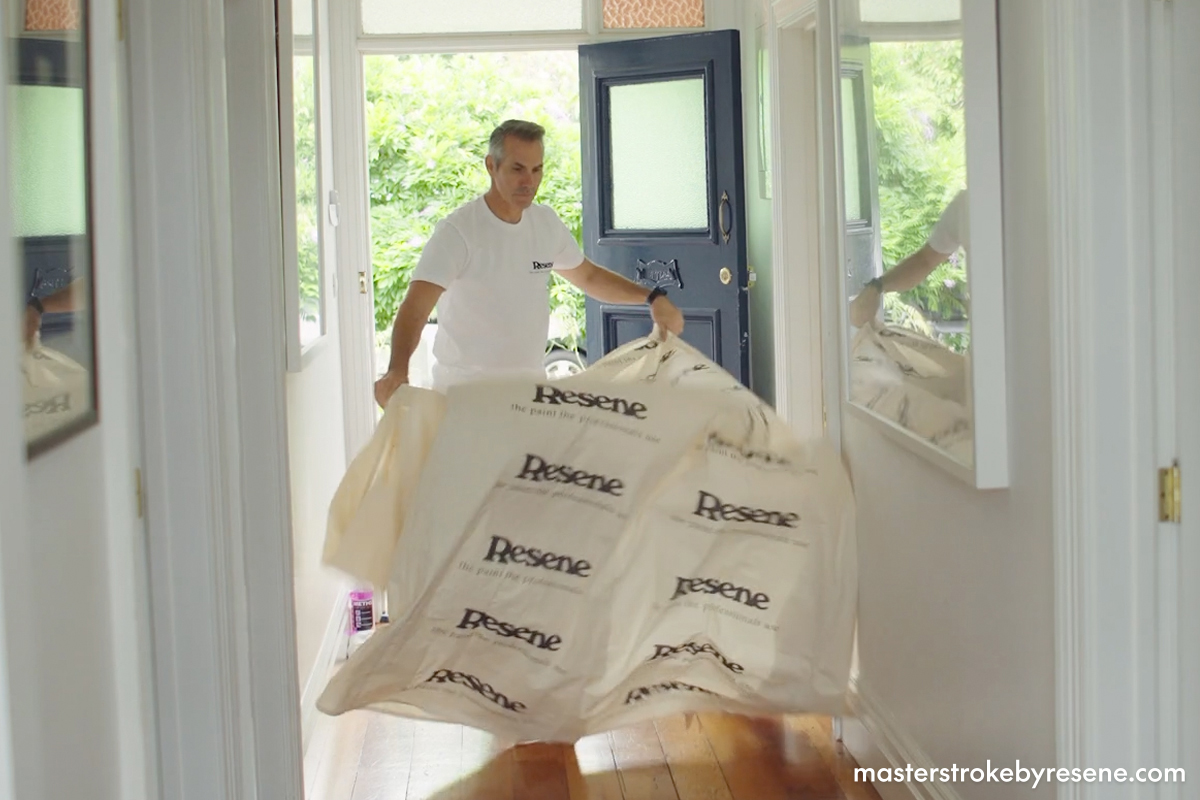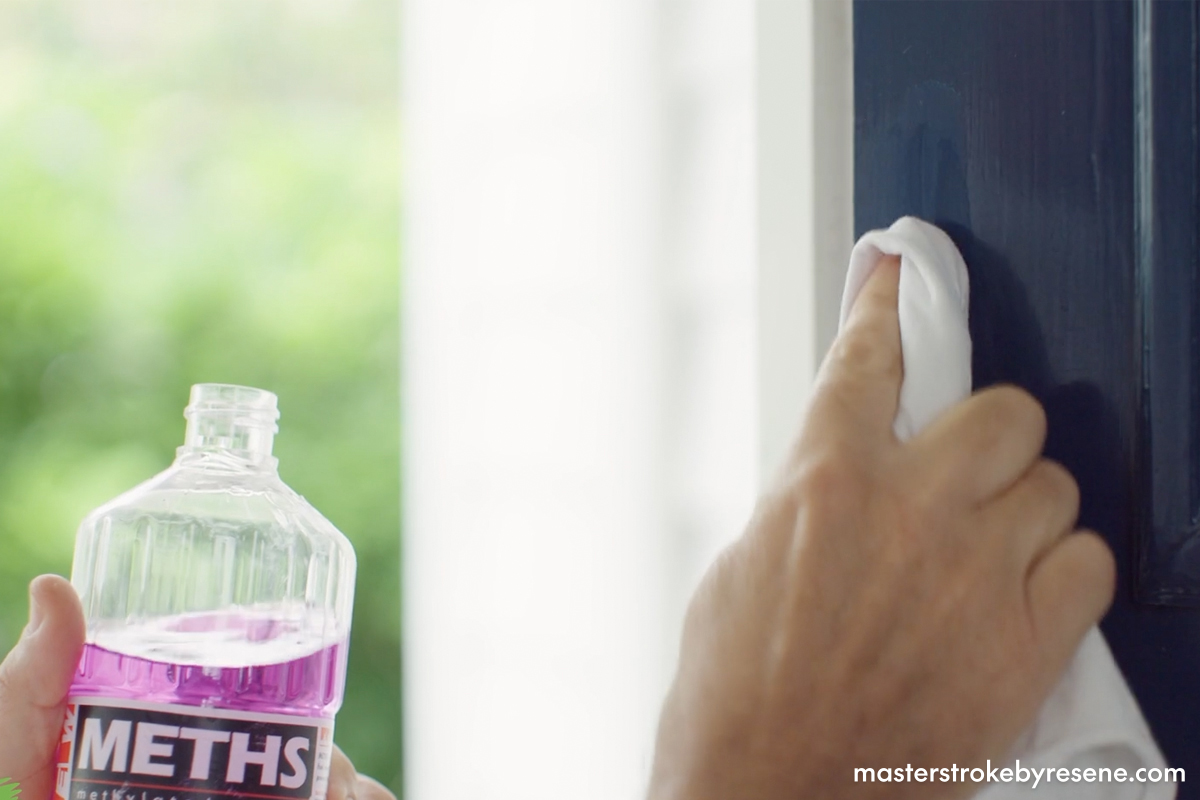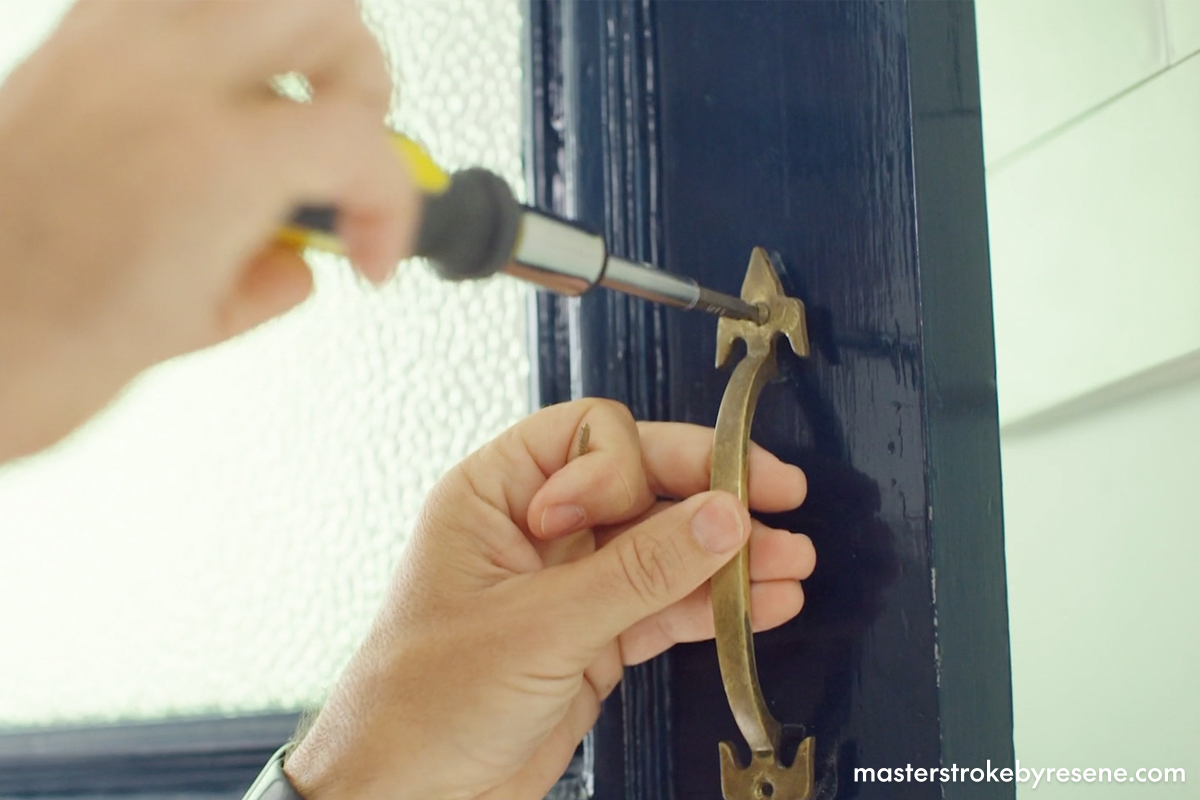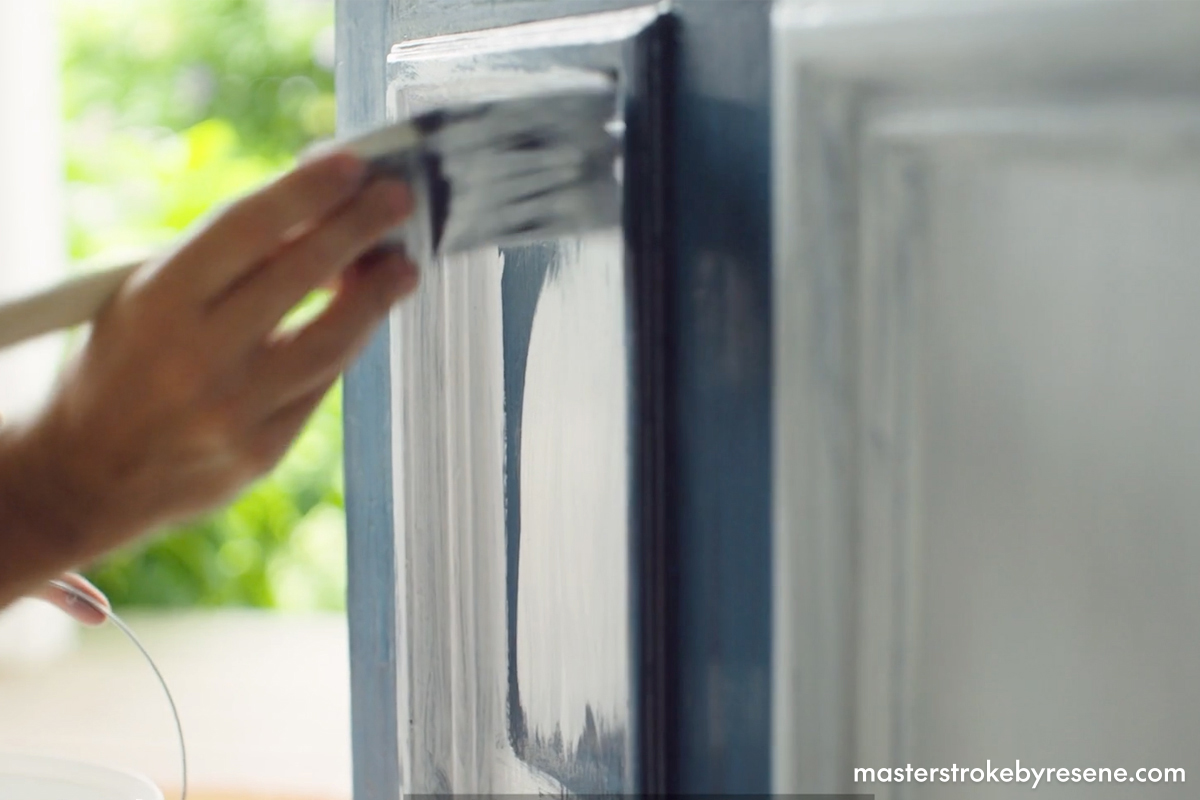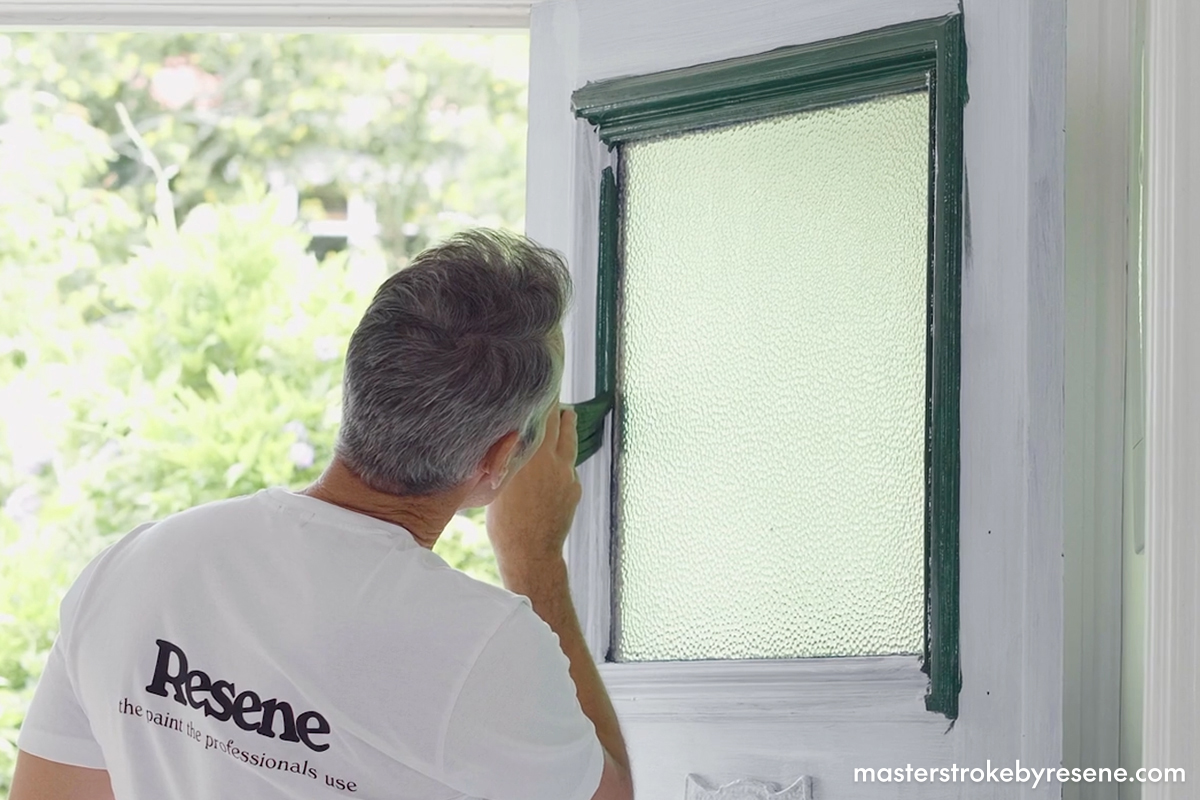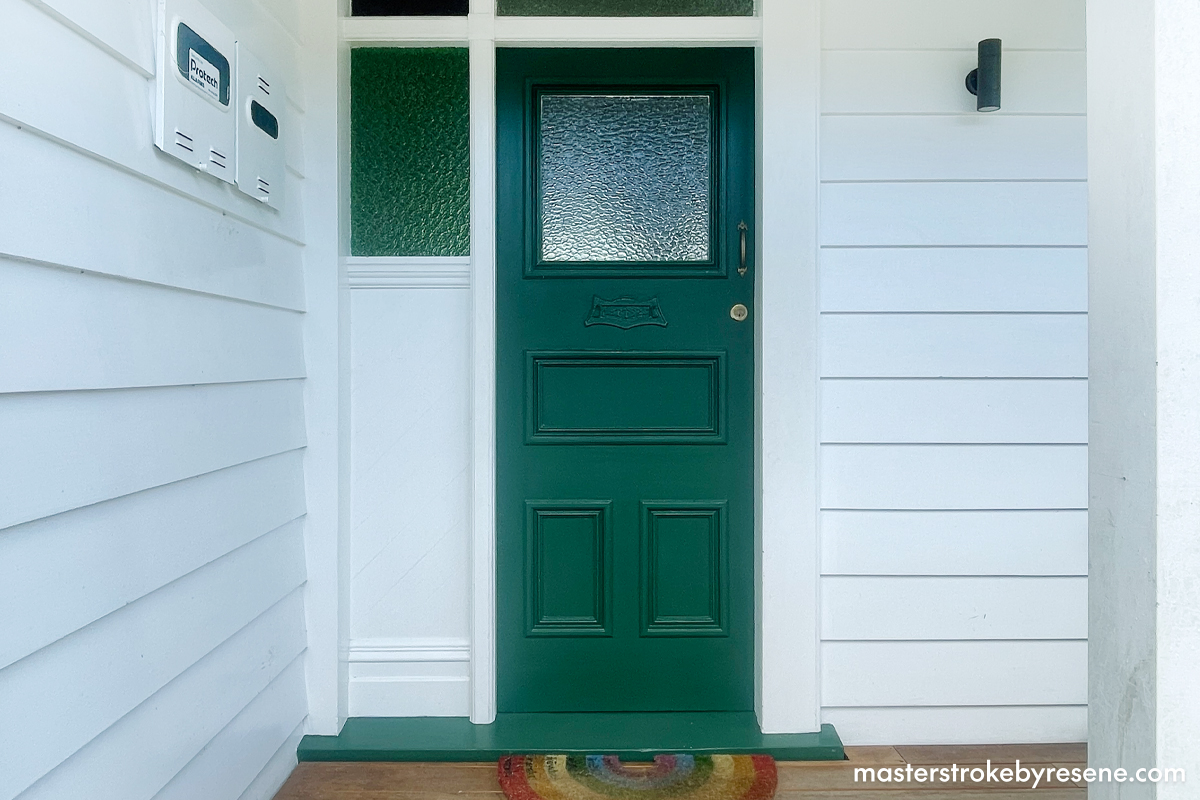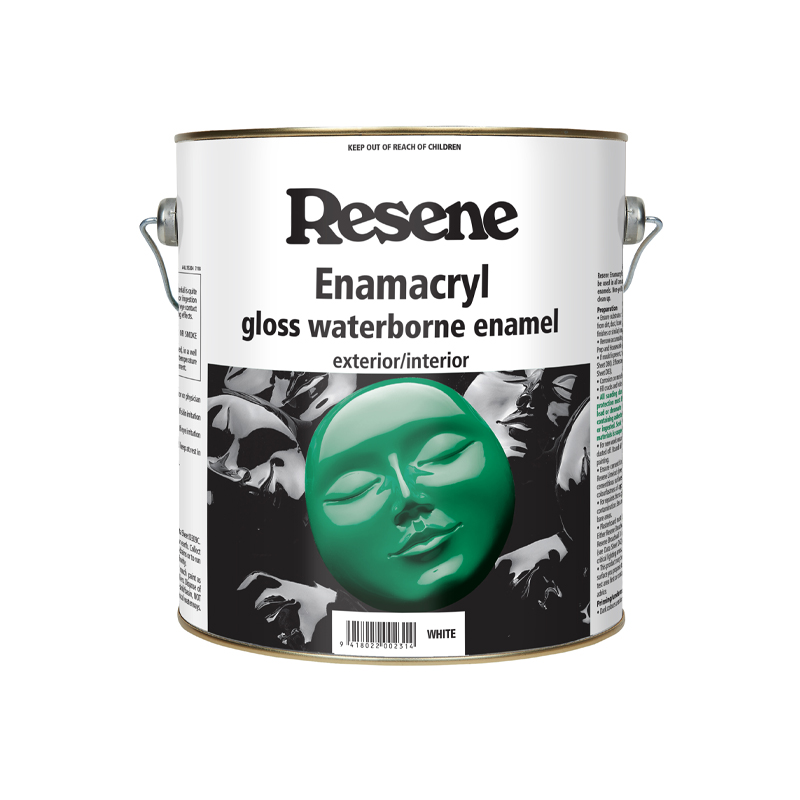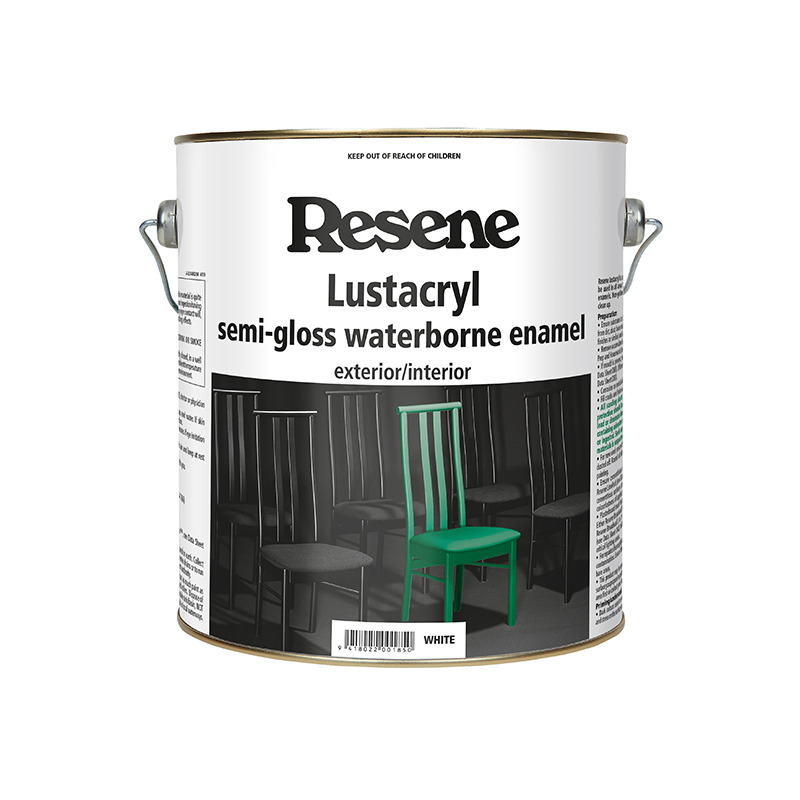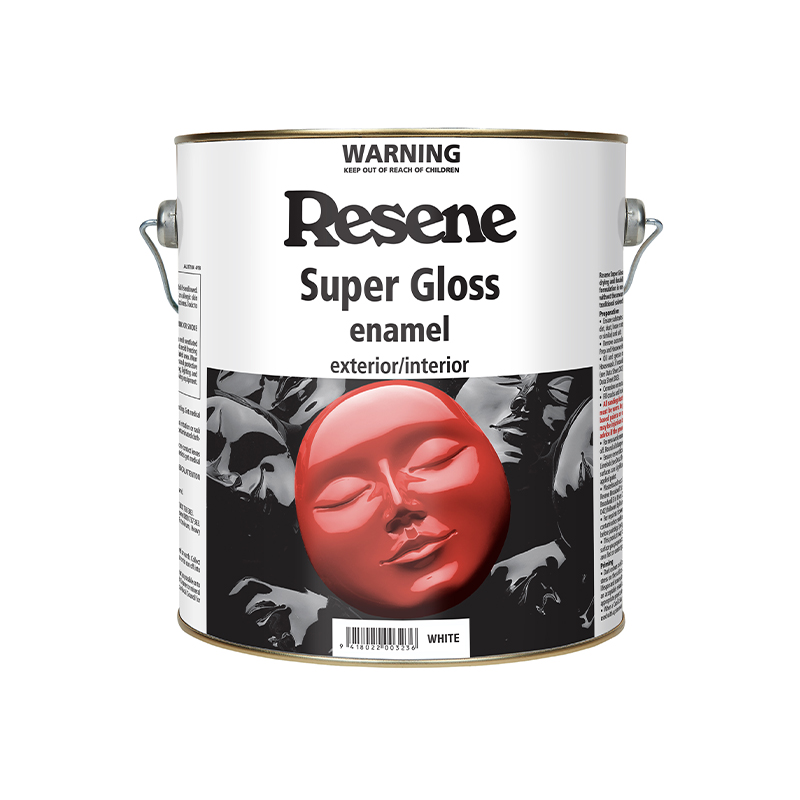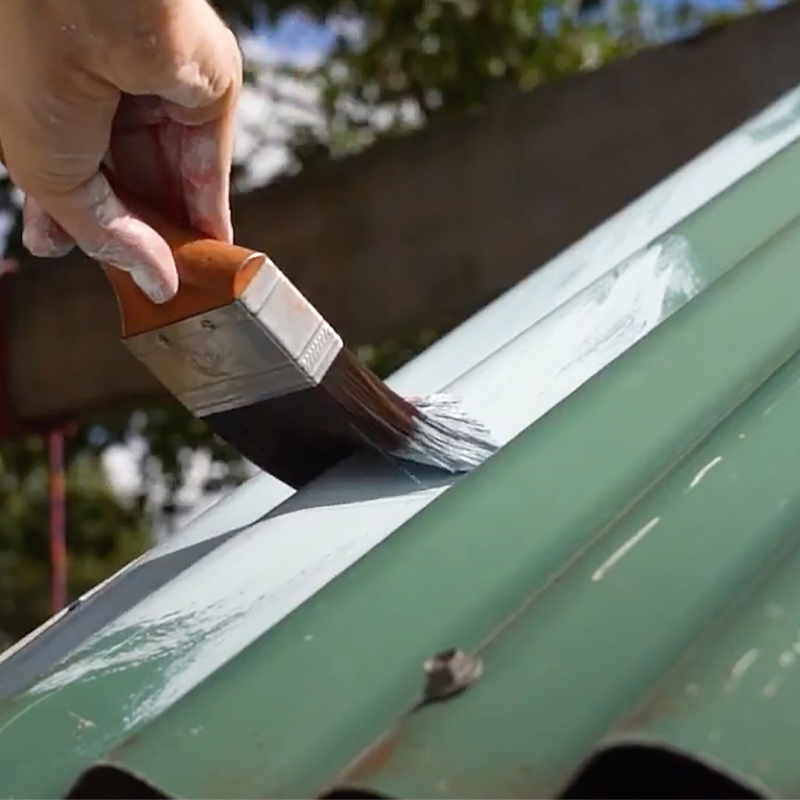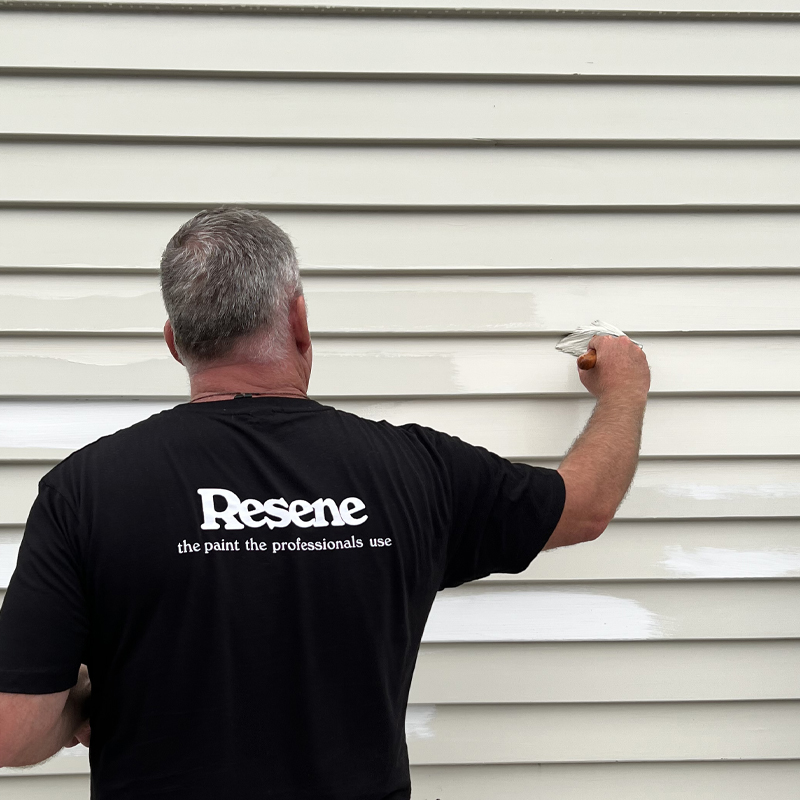Painting your front door is an ideal weekend project and can be completed in only a few hours. But as with any DIY project, a quality result comes down to prep work and using the best Resene paint products for the job.
Doors are one of the most used and frequently touched areas of your home, which is why waterborne enamels such as Resene Enamacryl gloss and Resene Lustacryl semi-gloss are recommended due to their durability, fast drying time and enhanced mould resistance. Once painted, surfaces coated in Resene enamel paints can also be easily wiped clean. Resene Lustacryl and Resene Enamacryl are both Eco Choice-approved waterborne paints and contain fewer VOCs (volatile organic compounds) than traditional solventborne formulas – and because they are water-based, clean up is much easier.
Paint like a Pro expert Johnny Warwick from Profile Painters says the first step is establishing what type of paint is already on the door. “A good way to check is to rub methylated spirits on the paint. If it’s a waterborne enamel, the paint will rub off on the cloth,” says Johnny.
If your door has been painted with a waterborne enamel paint, then you’re good to go with Resene Enamacryl or Resene Lustacryl, but if your door is painted with a traditional enamel then it may require additional prep work. If you wish to have a very high-sheen finish, opt for Resene Super Gloss, a solventborne enamel.
To repaint an exterior door, follow our MasterStroke by Resene guide.

